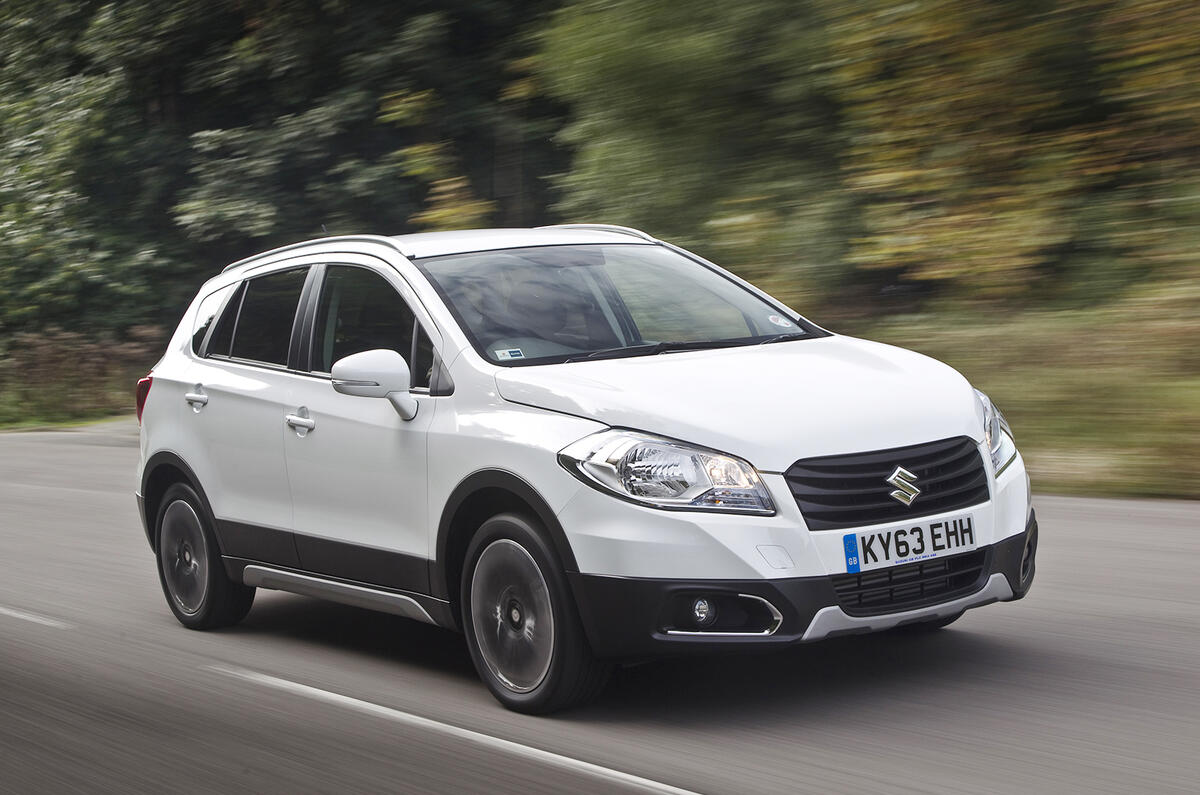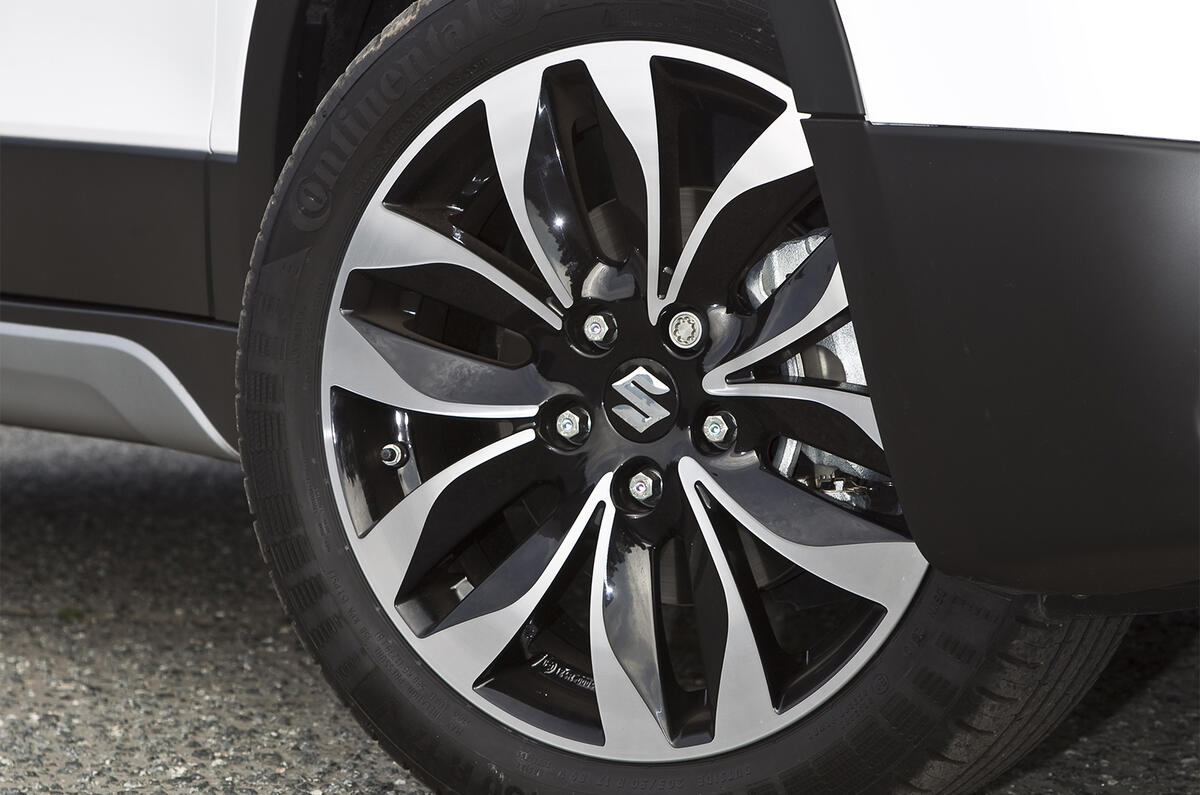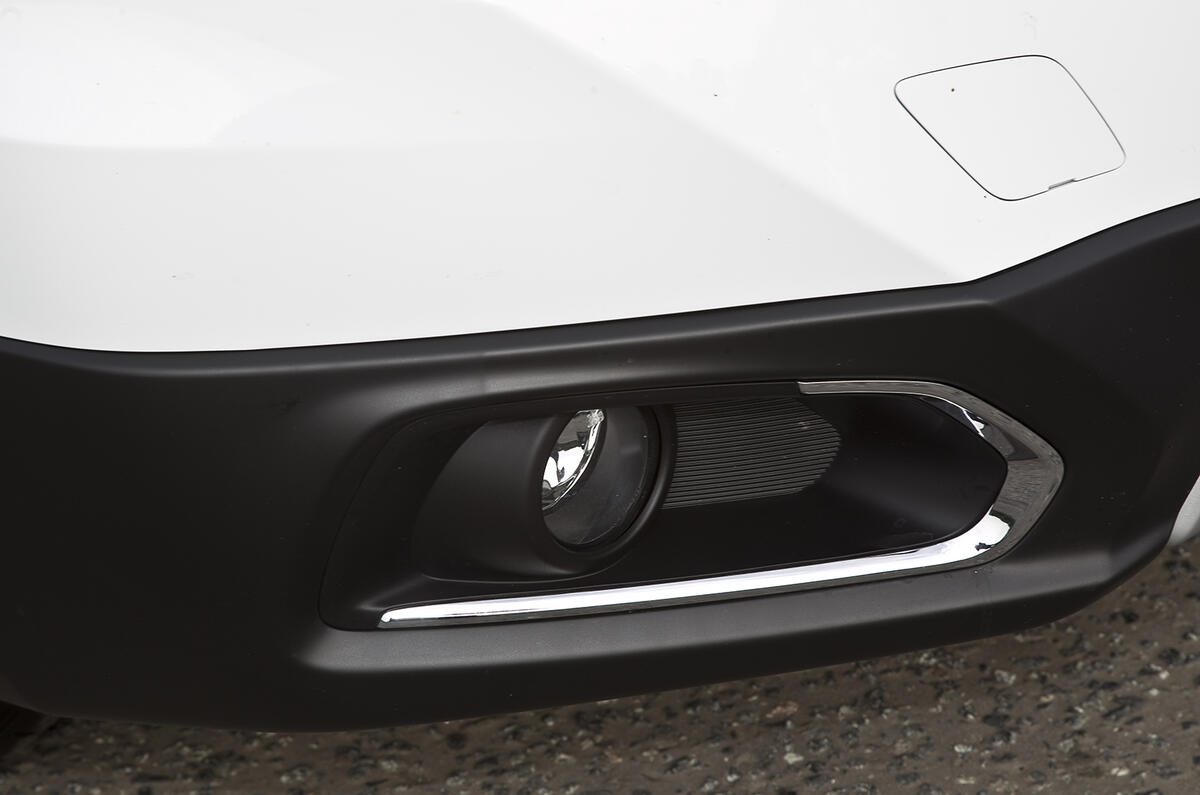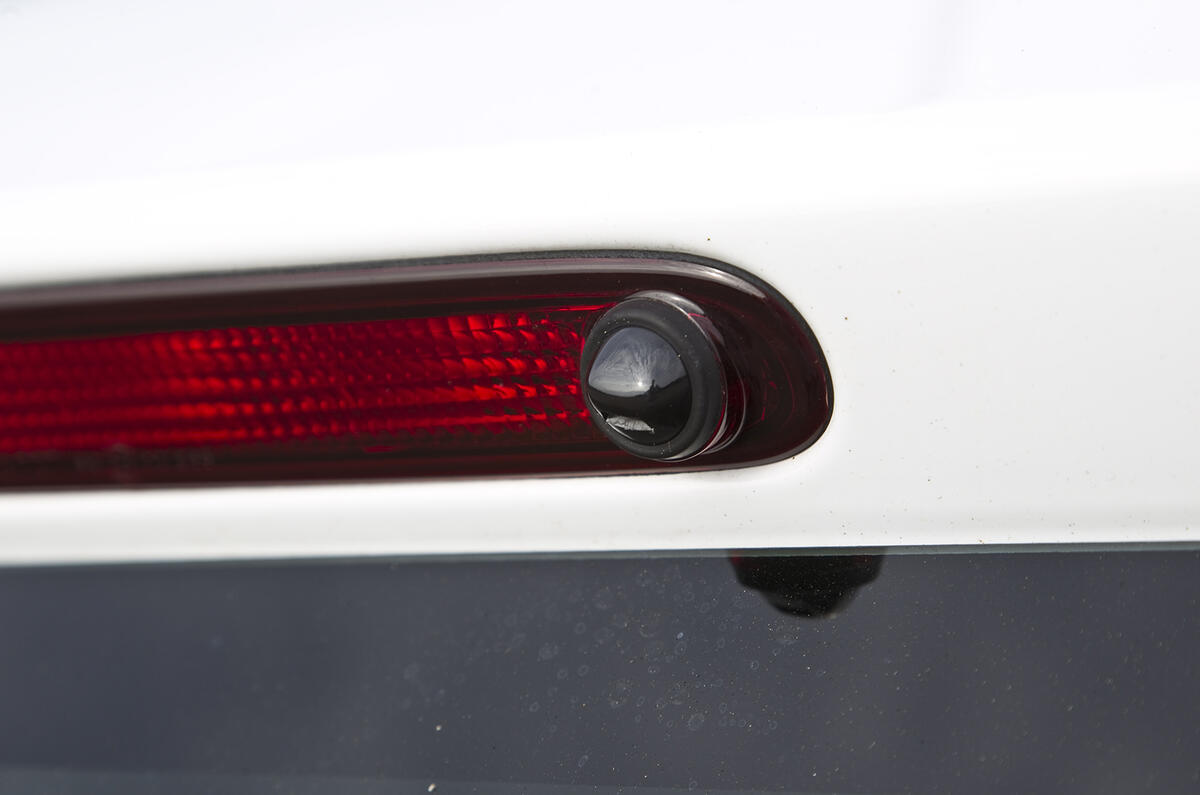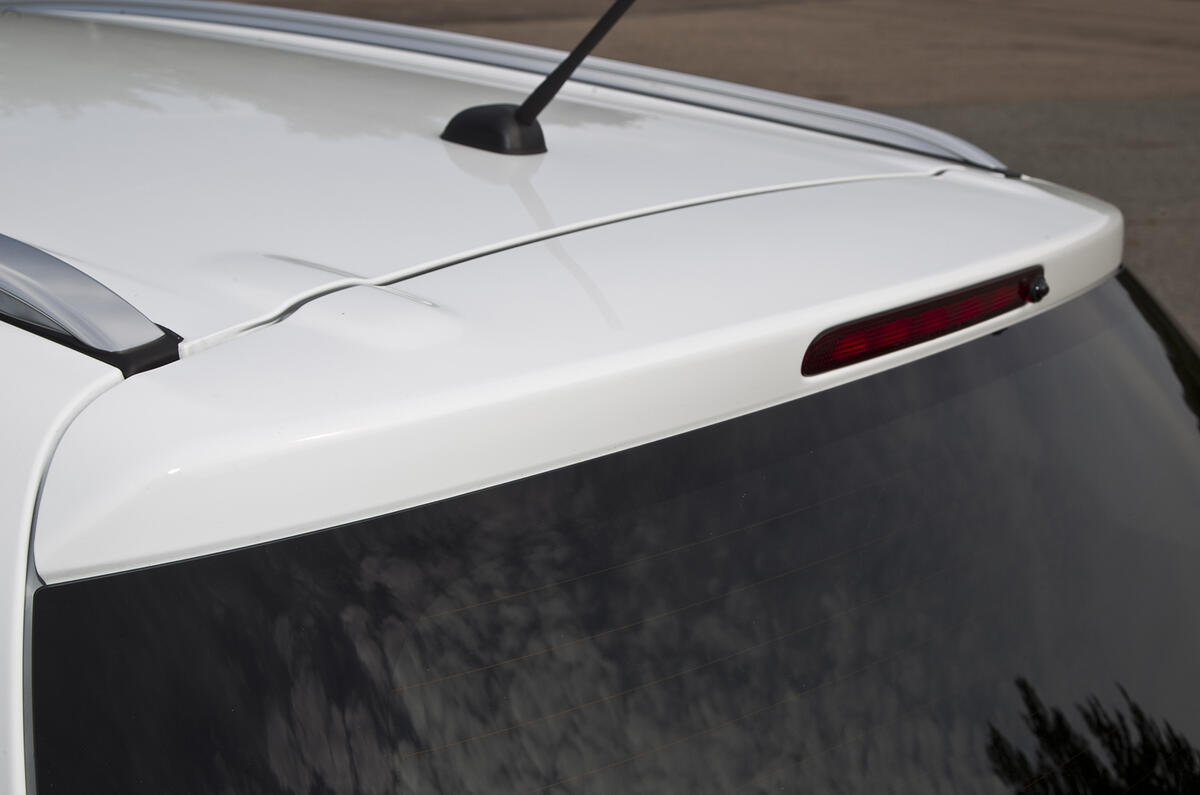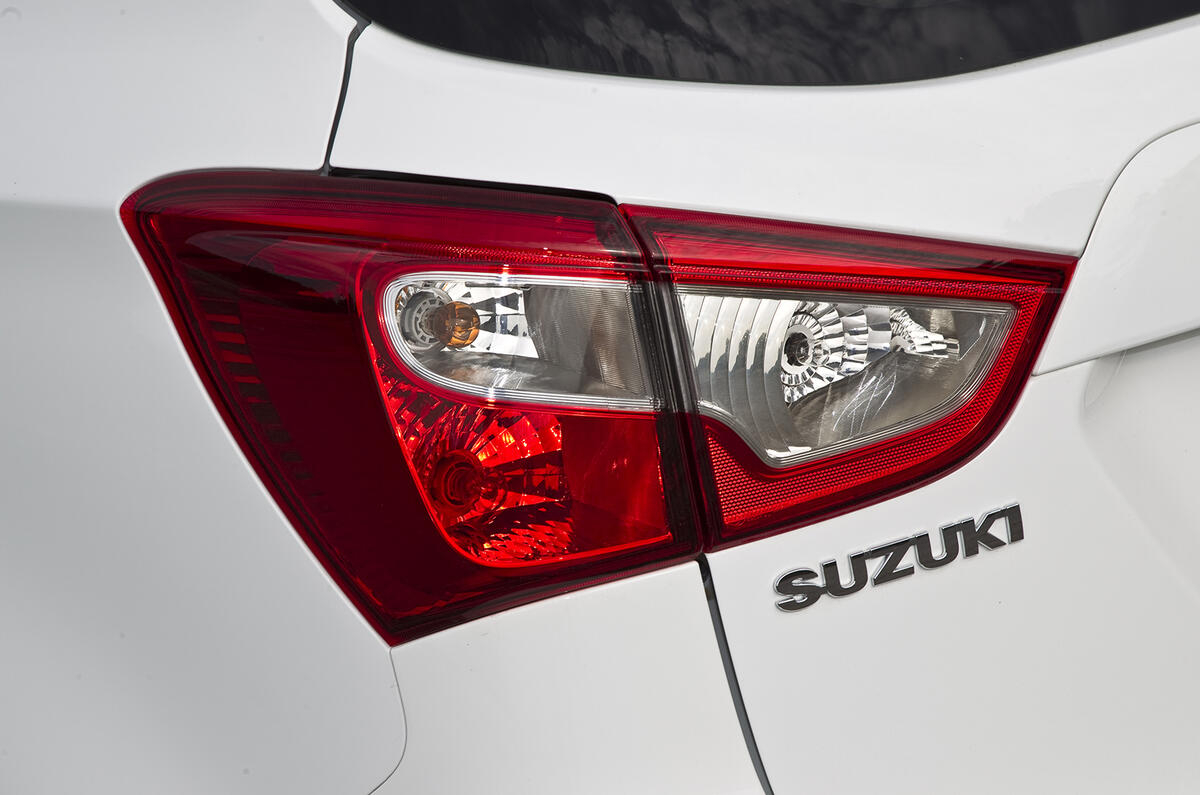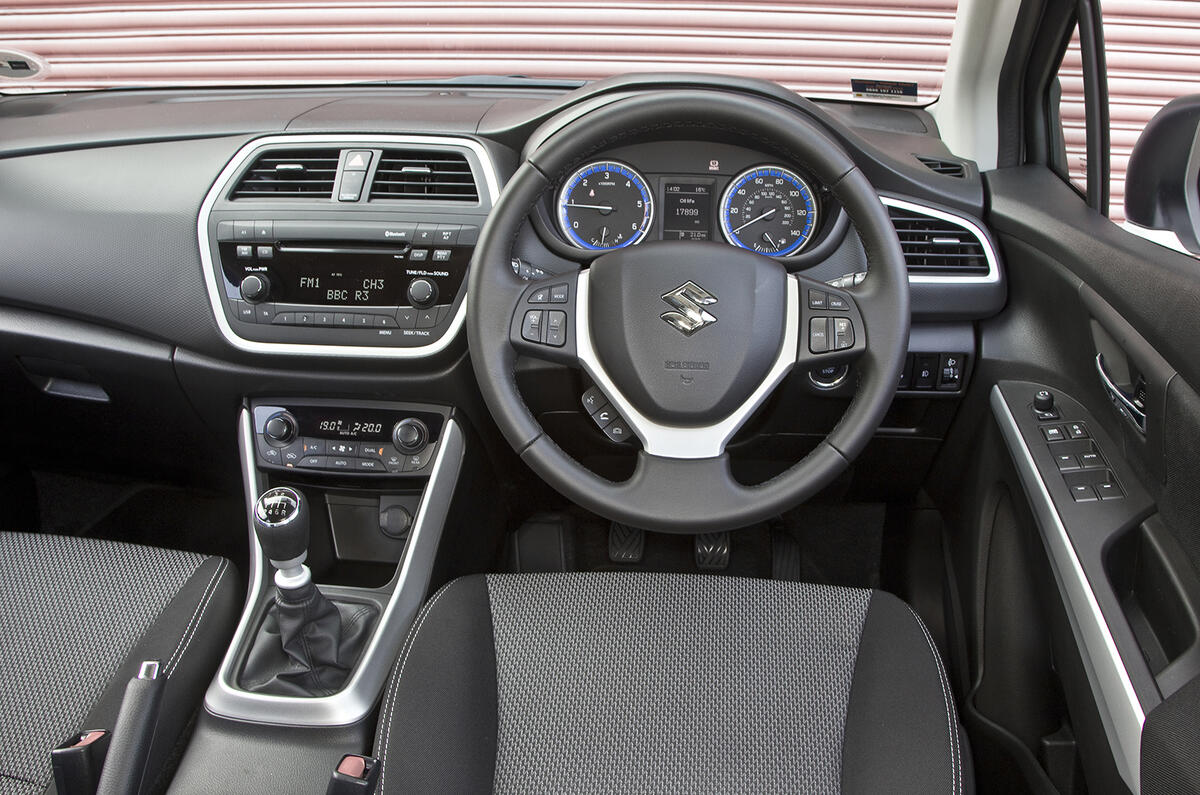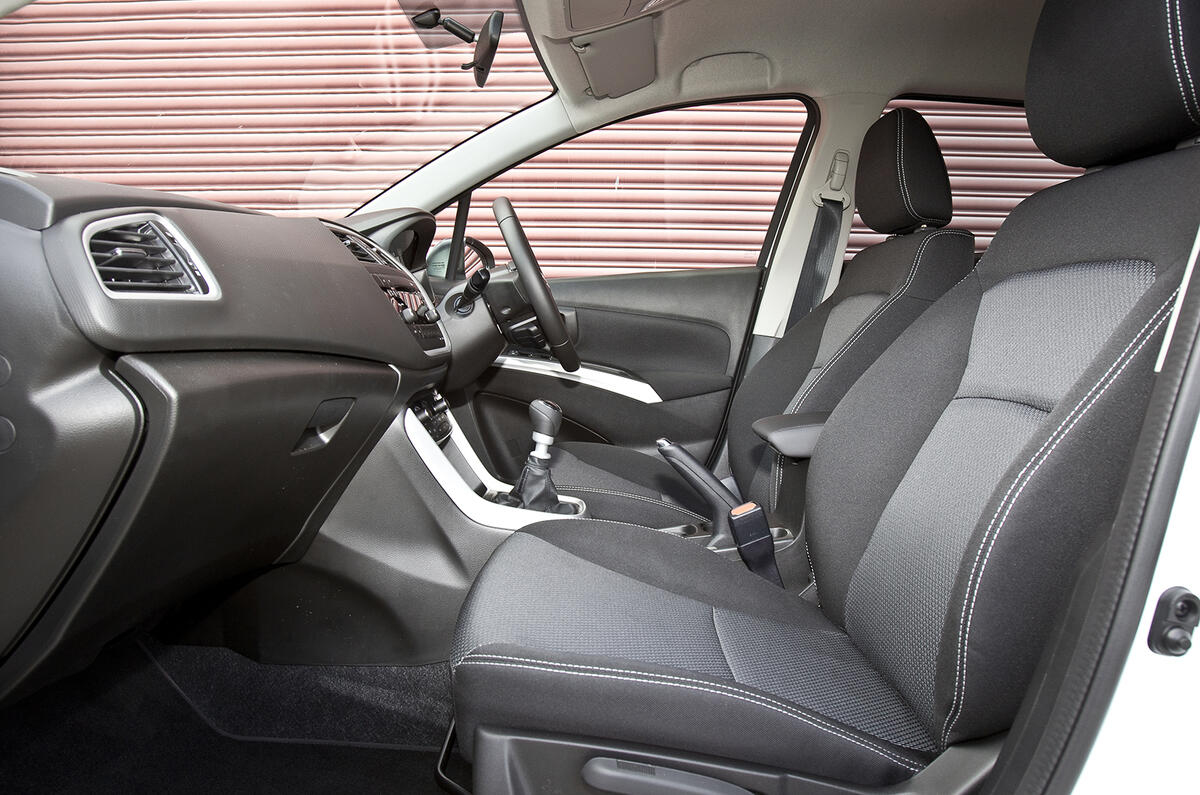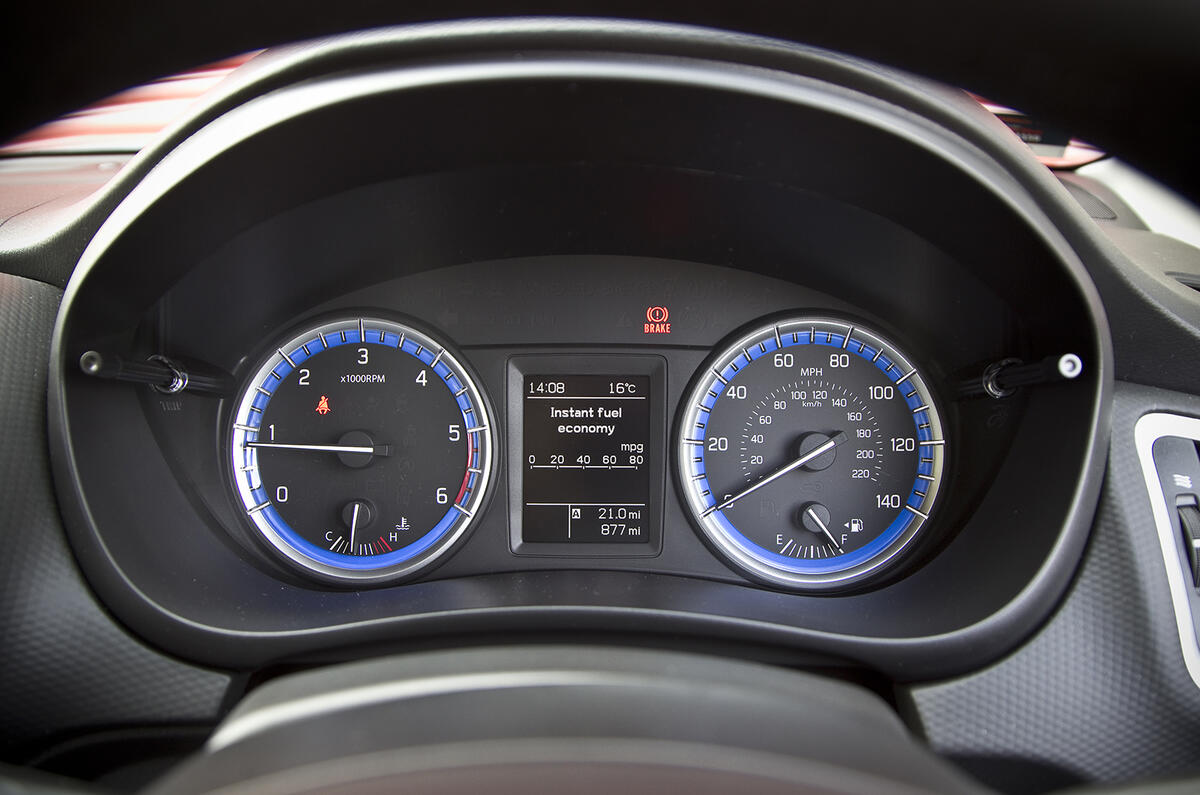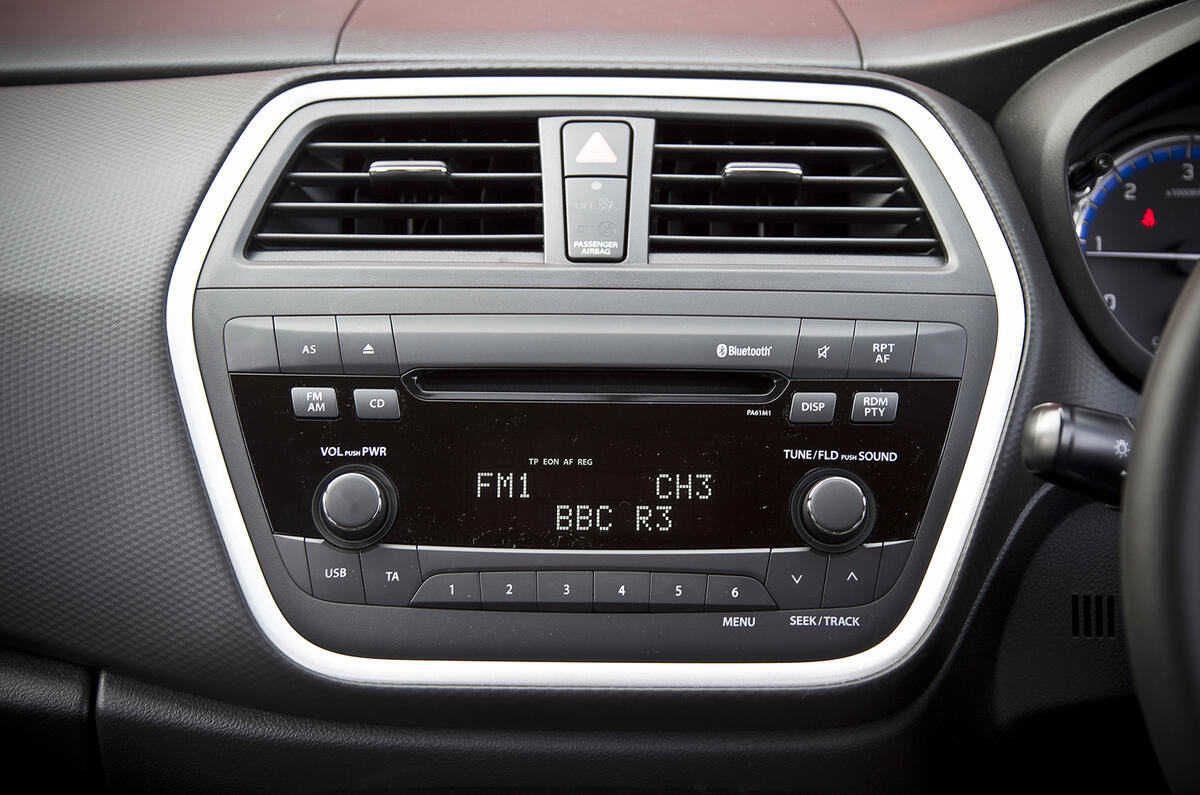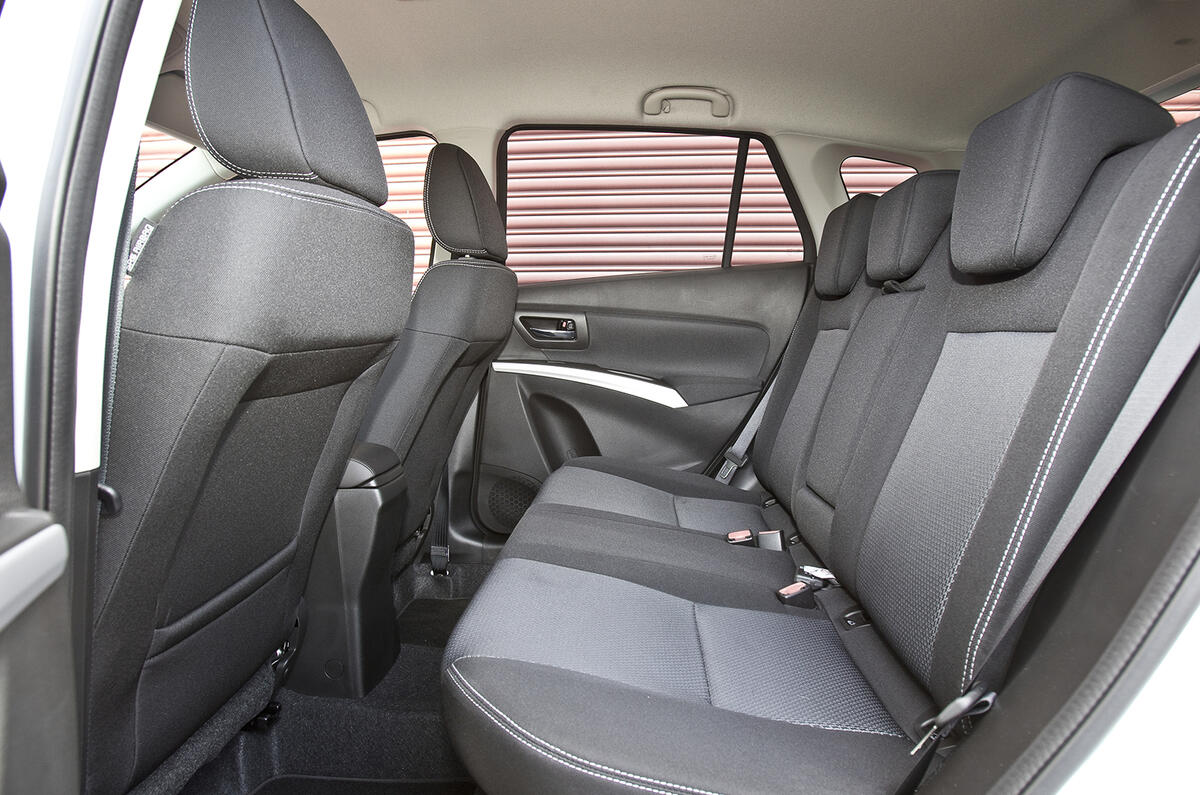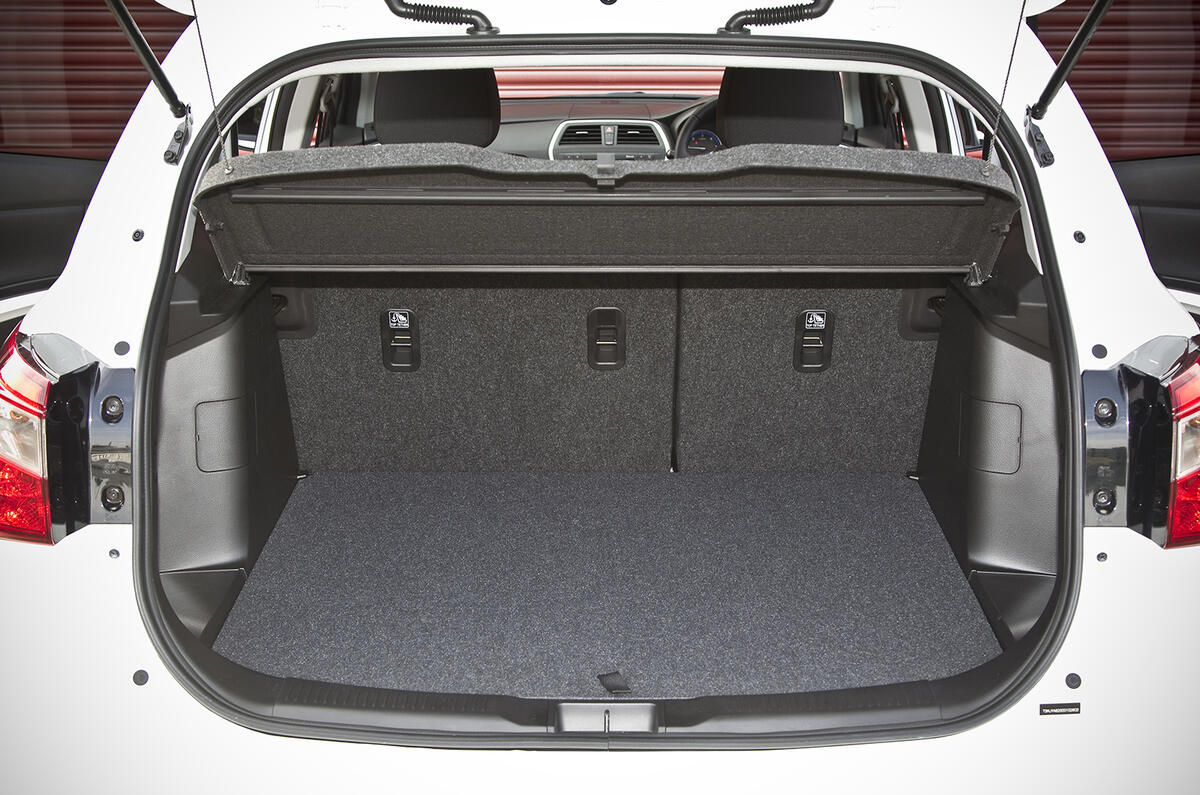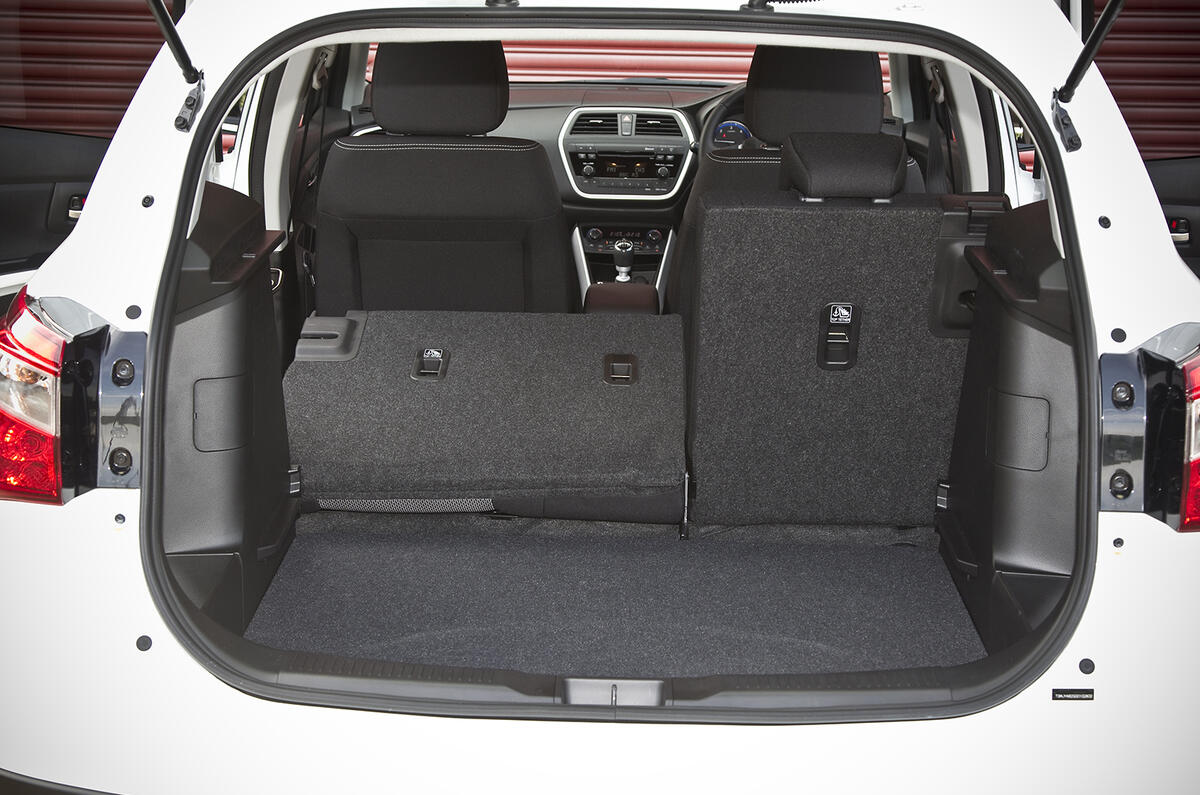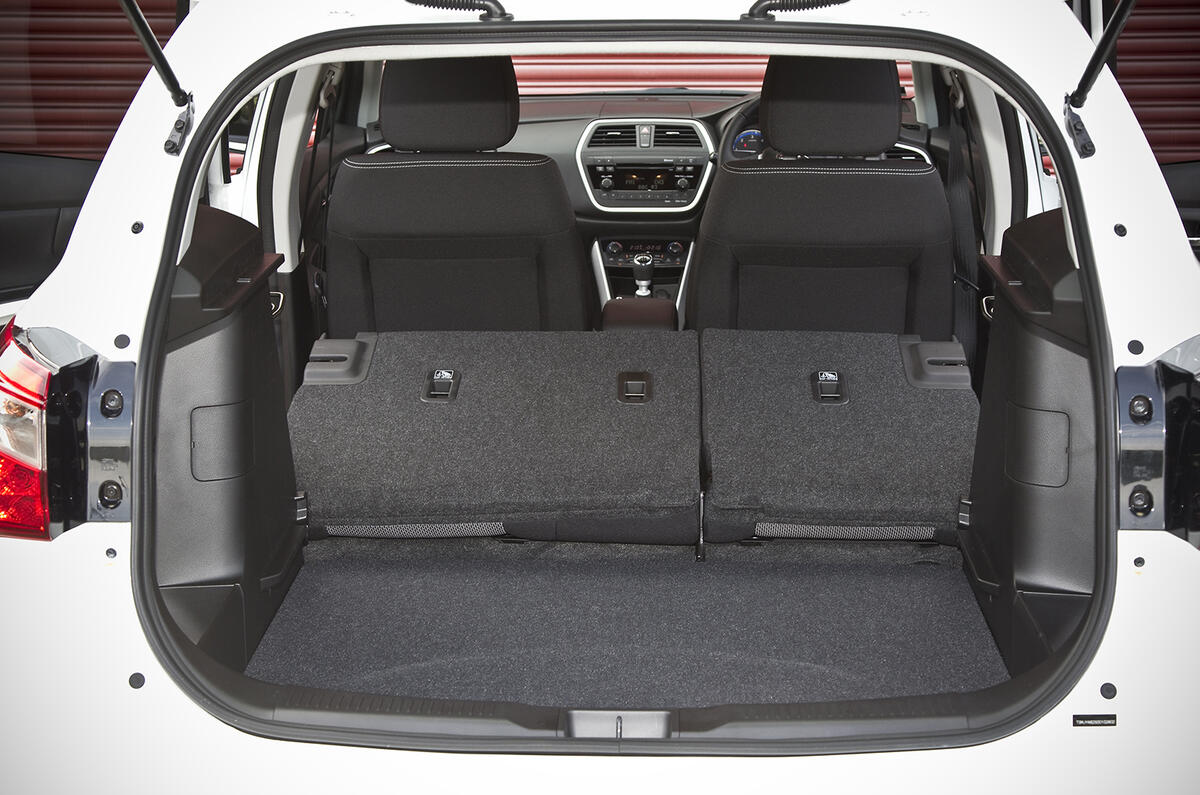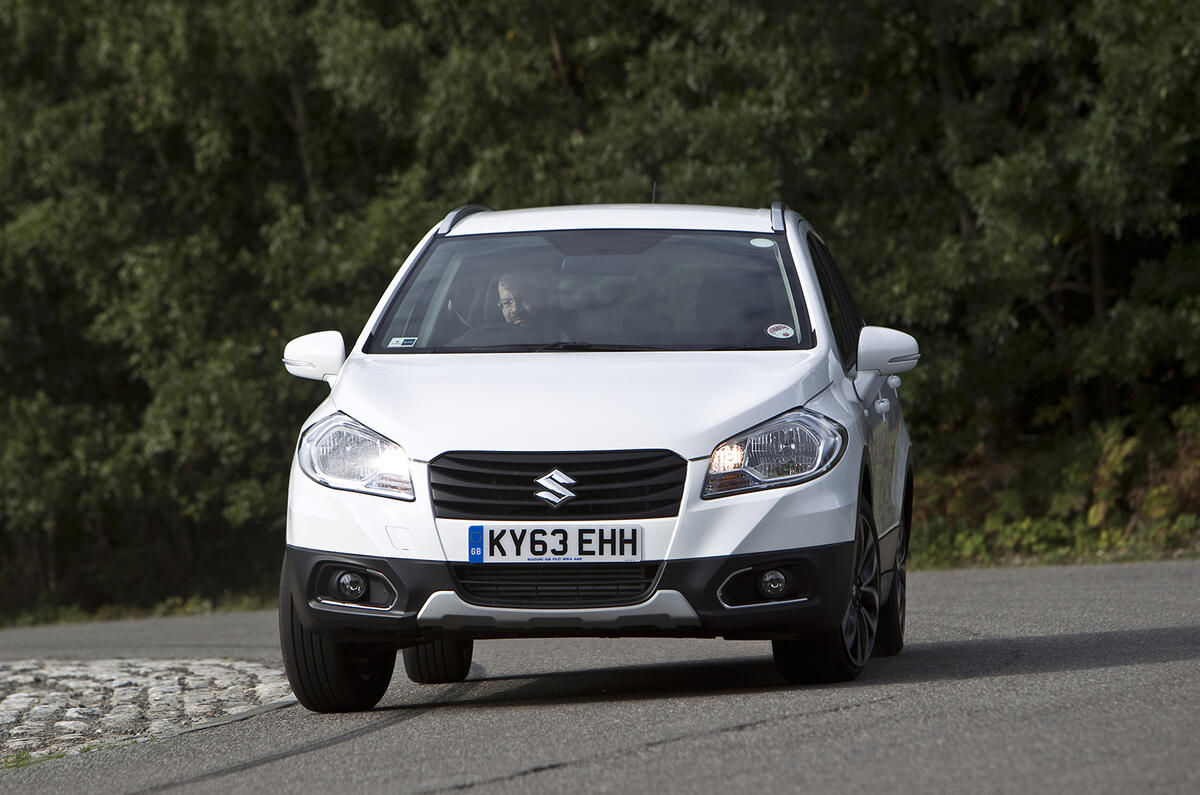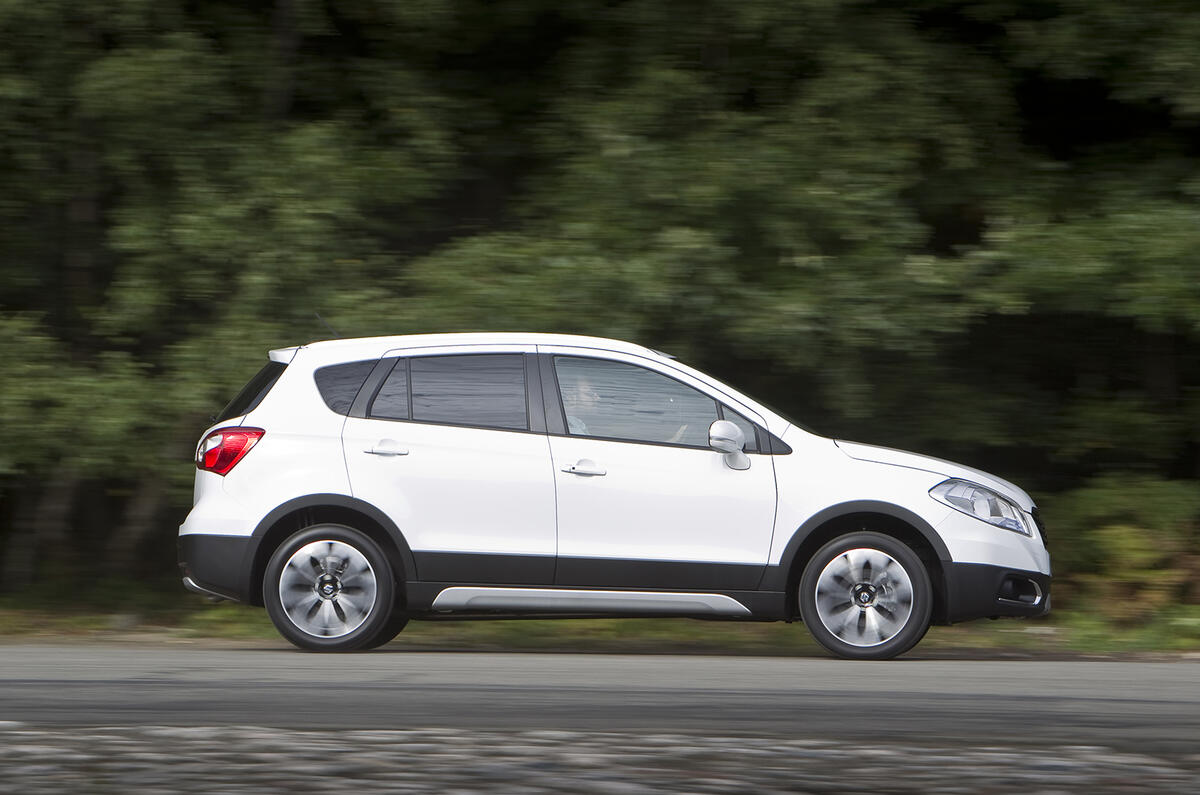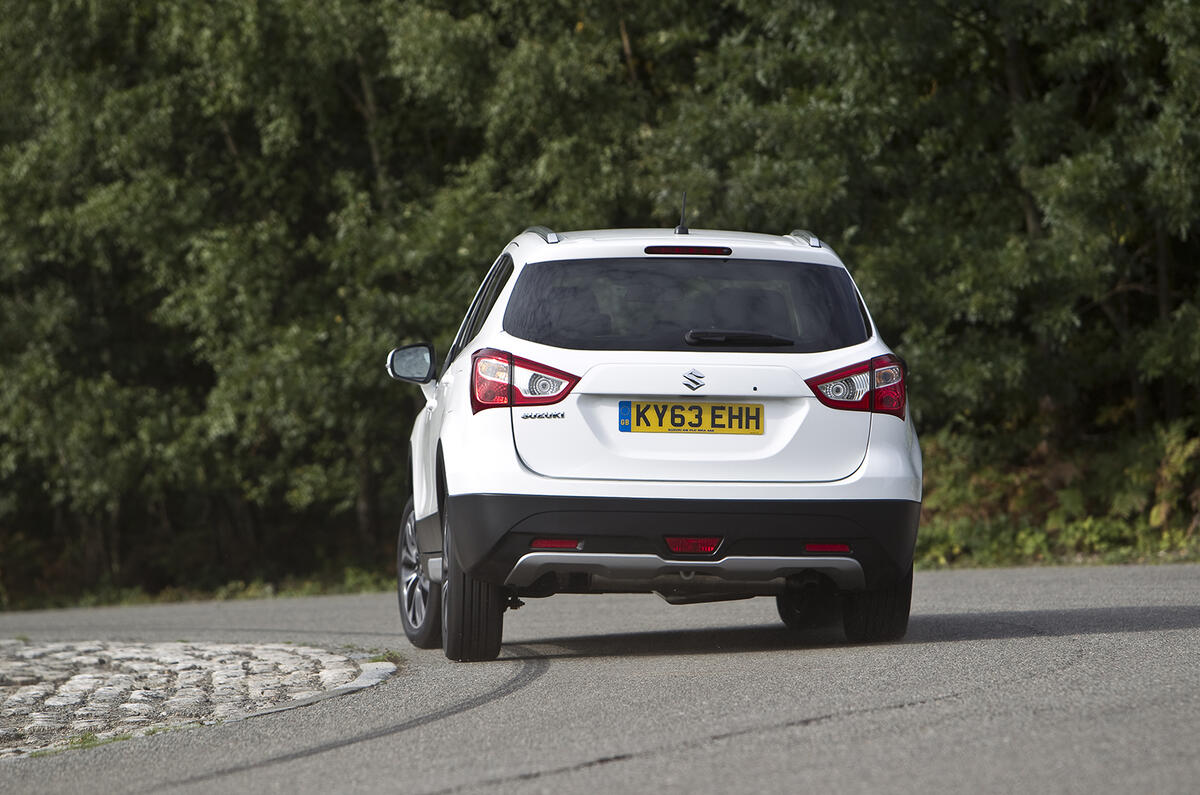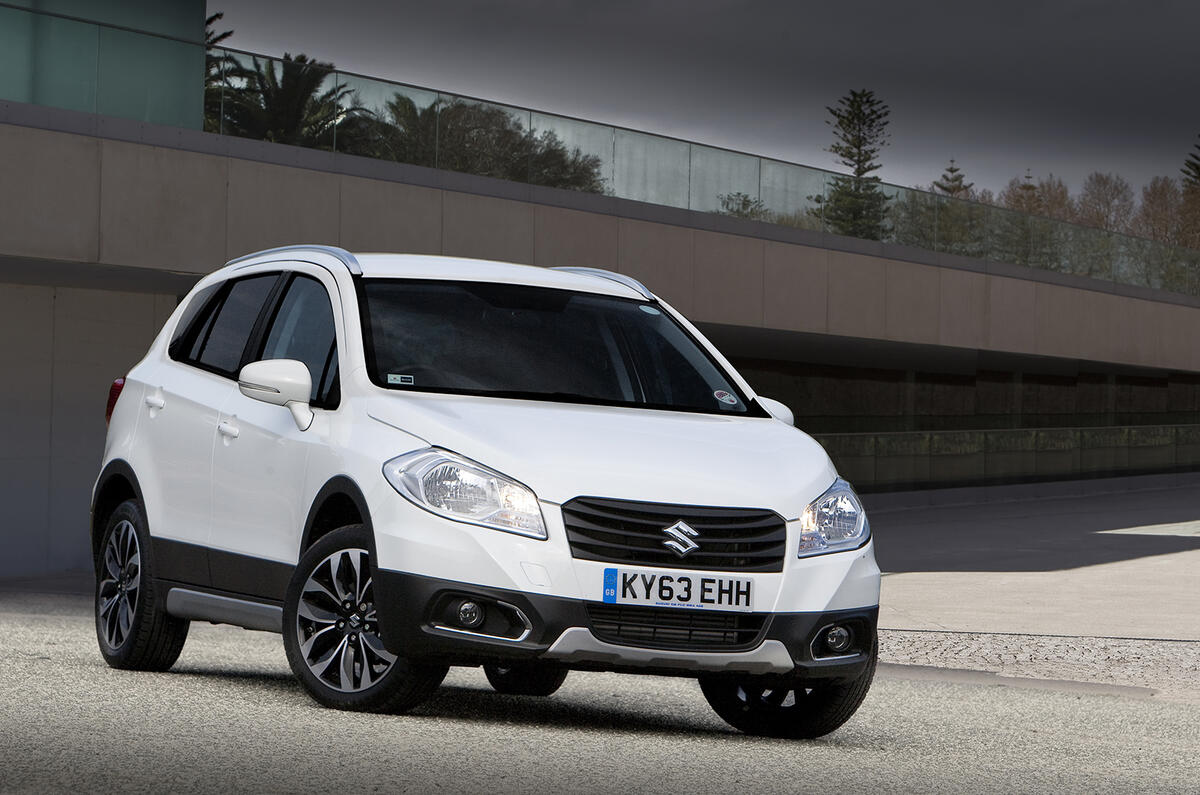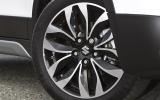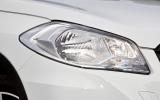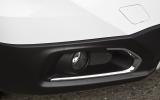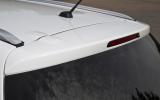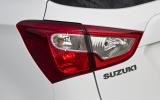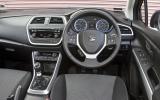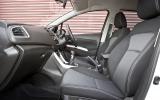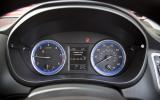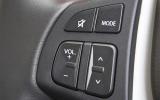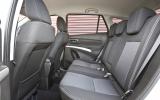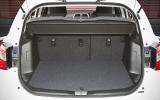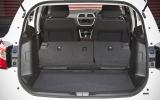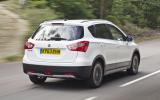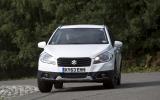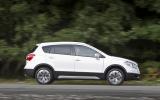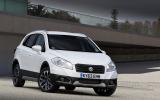Where the crossover begins and the SUV ends are muddy waters, but there's absolutely no doubt that the Suzuki SX4 S-Cross – and the SX4 line – owes its existence to the range of small off-road vehicles that Suzuki has been building since 1968.
The latter-day variant, mostly forgotten, is known as the Jimny and has been with us since 1998. That's a rather staggering display of longevity in itself, but only an equal to the previous SJ-series, and still a junior compared with the original LJ ('light jeep') design, which soldiered on from 1969 to 1981.
The previous SX4, a five-door, Giugiaro-penned hatchback, predated the original Nissan Qashqai, already traded under the correct name and sported that oh-so familiar 4x4 look now seemingly craved by an ever-growing number of buyers.
But Suzuki’s offering was too small, too feebly marketed and probably still too quirky for it to reach the tipping point that would be Nissan’s decade-defining automotive achievement.
Second time around, Suzuki now insists it has got the new model right. Dubbed the SX4 S-Cross, this second-generation incarnation shares nothing with its predecessor. It is now a proper C-segment contender, with one of the biggest boots in the class and offered with a choice of three highly economical four-cylinder engines. The range-topping Suzuki was given a facelift in October 2016, which saw the Japanese firm give its crossover a more distinctive front end, chrome grille, headlights and a taller ride height.


